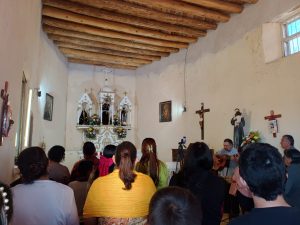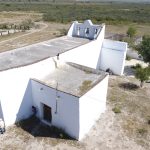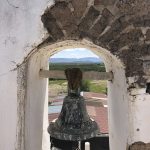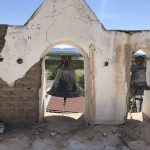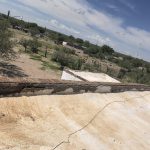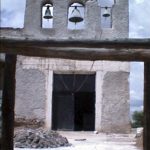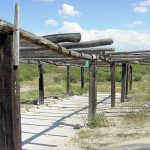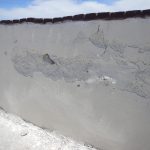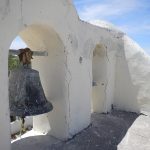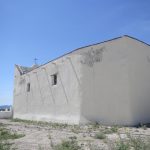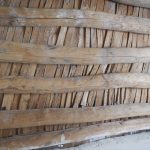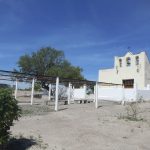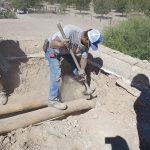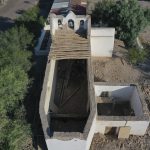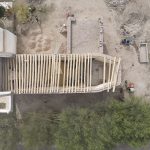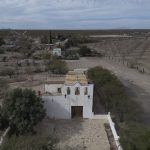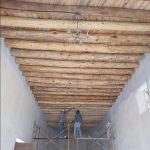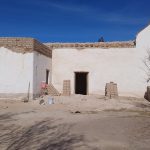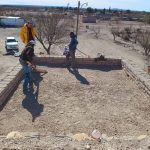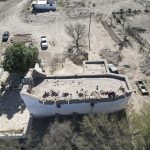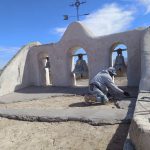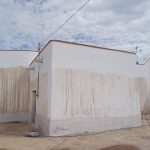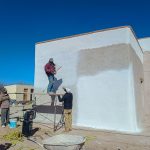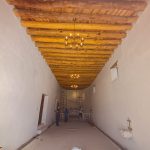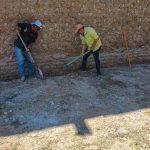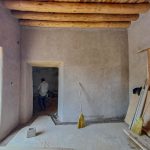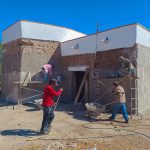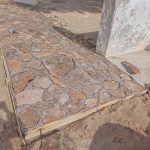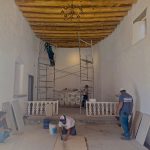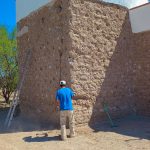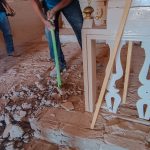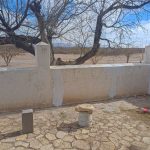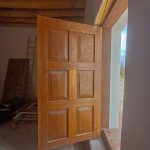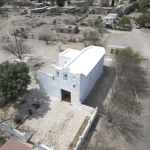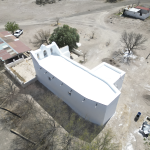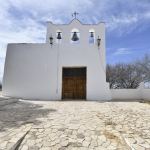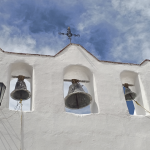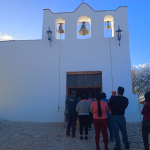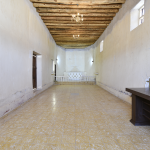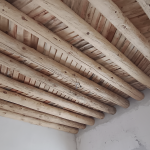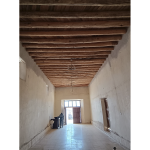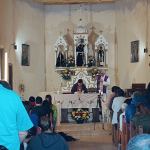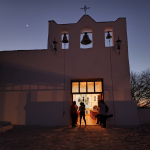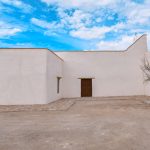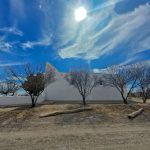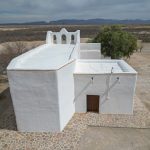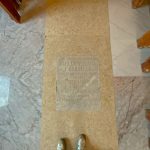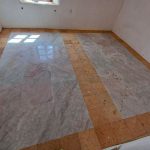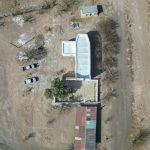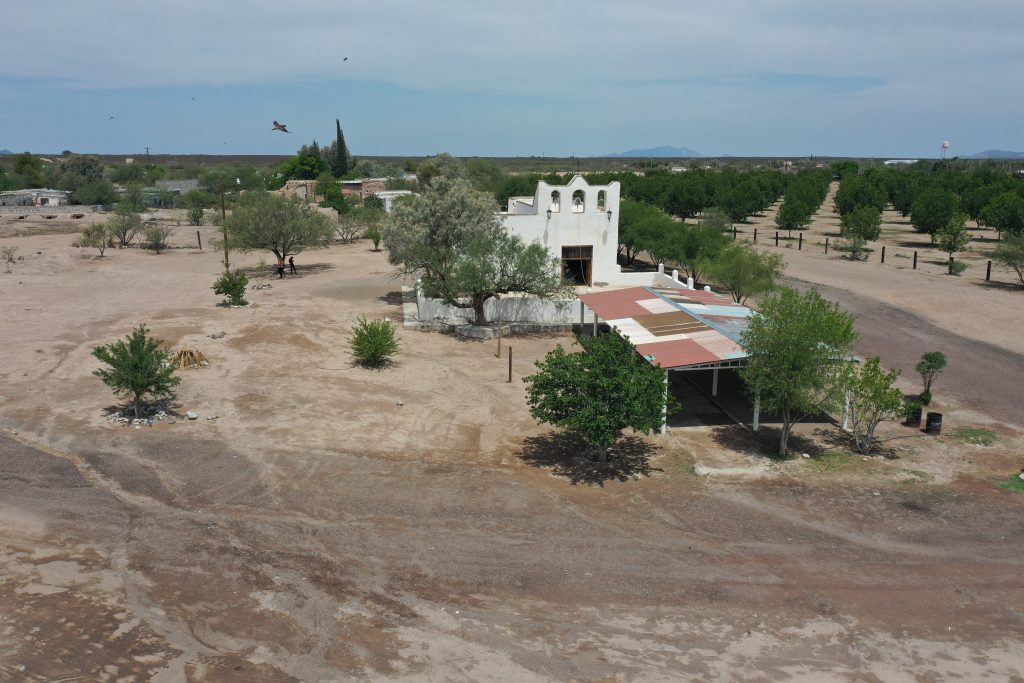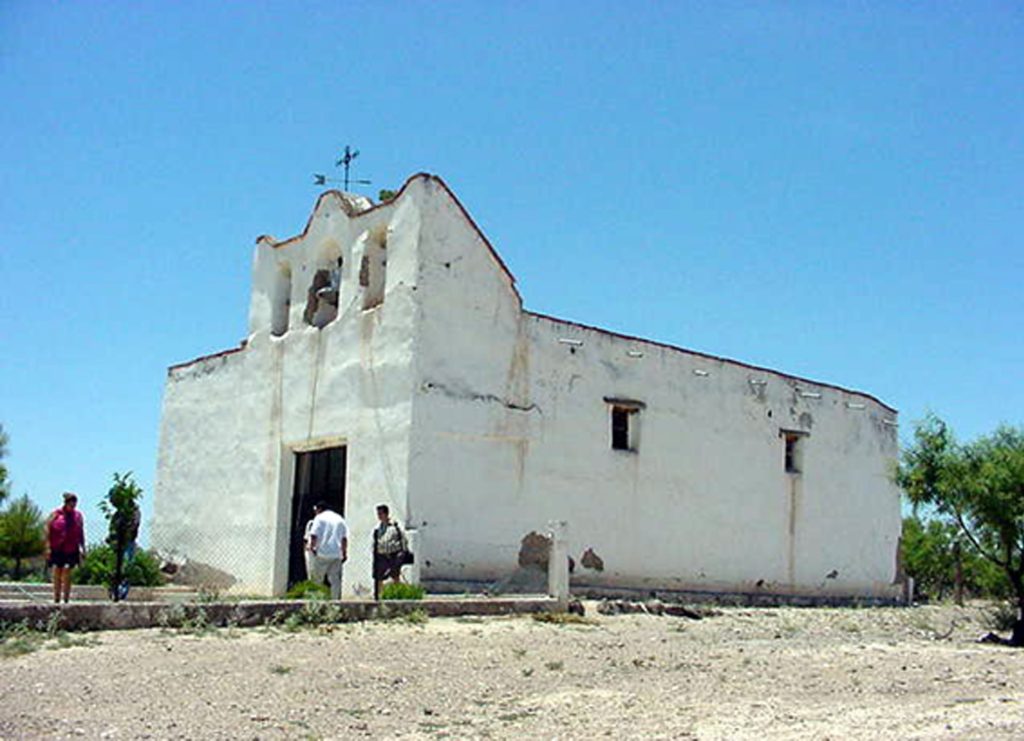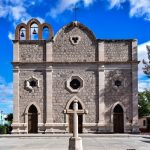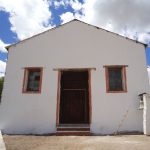San Antonio de Padua: La Enramada
San Antonio de Padua

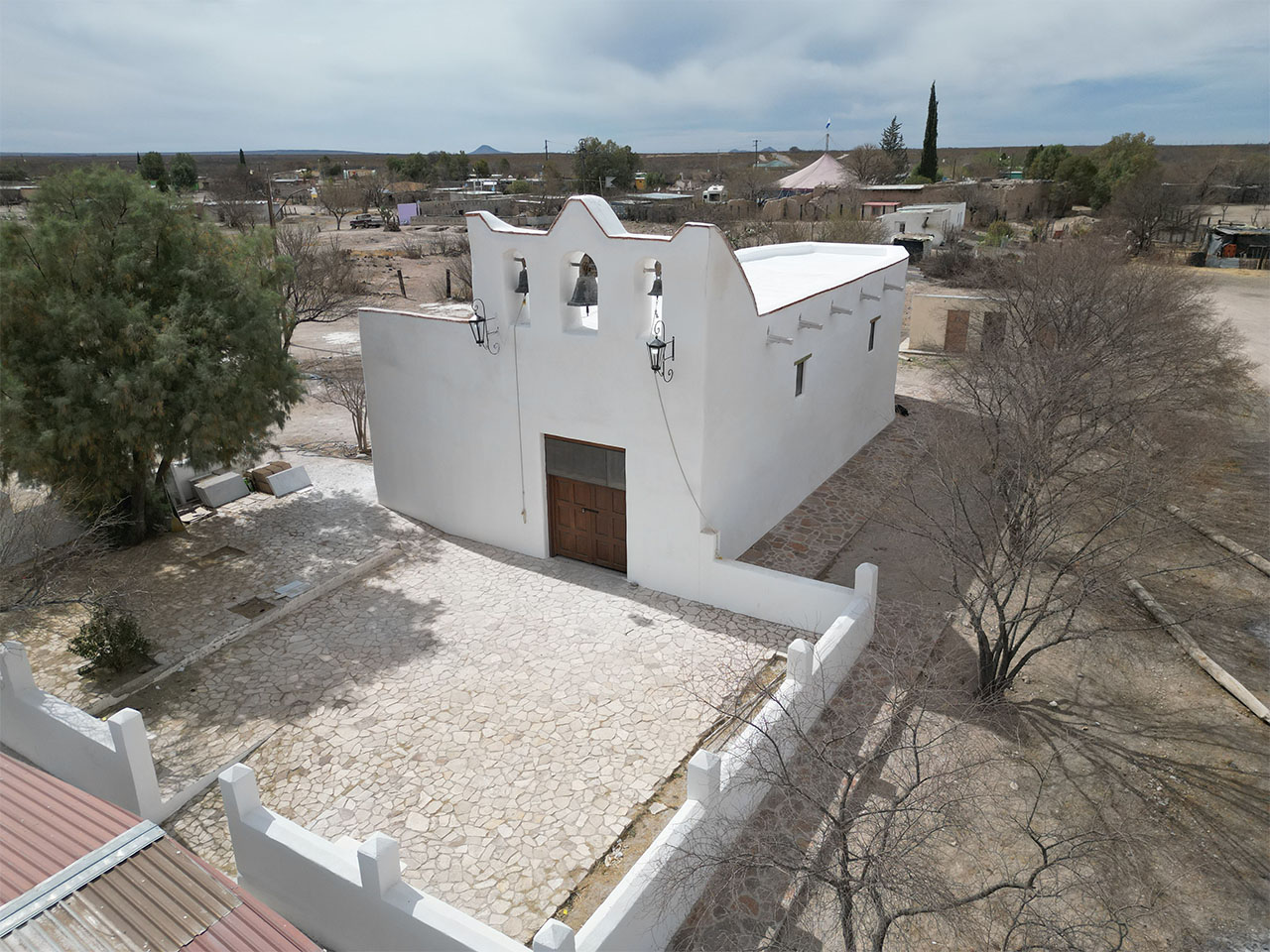
The San Antonio de La Enramada Hacienda was founded in 1736 by Joseph de Berroteran, captain of the San Francisco de Conchos Presidio, on the banks of the Florido River. A ranch and the church still exist on this site. The chapel belonged to “the Old Hacienda of La Enramada” and is dedicated to Saint Anthony of Padua.
Upon entering the church, one can see, in the center of the nave, a tombstone with a touching inscription that reads: “Carlos Villota y González, born in Arcentales, Vizcaya, Spain, November 4, 1855.” This inscription not only marks his place and date of birth but also indicates the date of his passing, September 12, 1893, adding a human and emotional dimension to this historic site.
The chapel also houses a cantera baptismal font and various religious images, notably the eighteenth-century dressed sculpture of Saint Anthony of Padua with the Child Jesus and the tripod dressed sculpture of Our Lady of Sorrows. These pieces are not only testimonies of the religious devotion of the period but also examples of the artistic and cultural heritage that have withstood the passage of time. The careful preservation of these elements provides a window into the past, allowing visitors to appreciate the historical and spiritual richness of the San Antonio Hacienda in La Enramada.
Hacienda
18th
Ejido la Enramada
Camargo
Building
Adobe
Plane
Simple
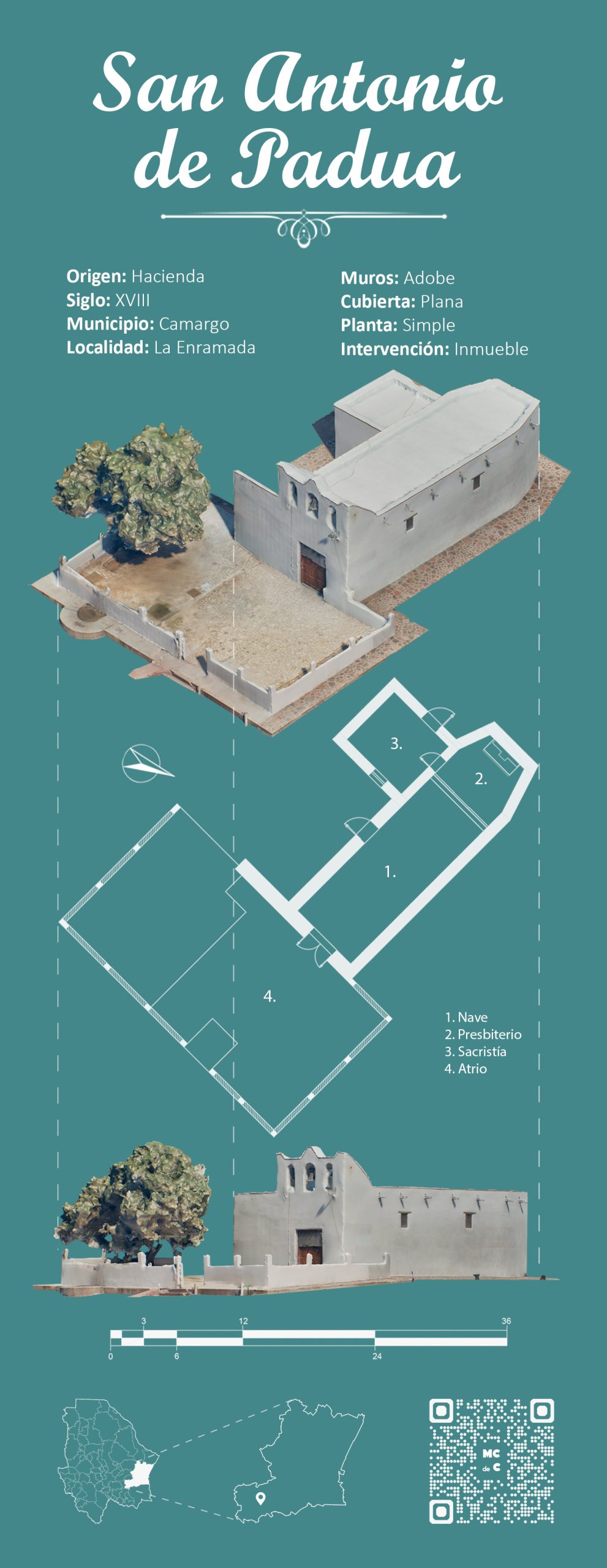
Starting in 2003, a permit was requested from the INAH Chihuahua Center to carry out a first phase of intervention, which was carried out in 2004. These works consisted of the reintegration of lime-and-sand plaster and lime-based paint on the exterior walls, the consolidation of the bell gable, the installation of a stone floor in the atrium area, and the construction of an atrium wall.
In 2016, the community once again requested the support of Misiones Coloniales de Chihuahua A.C., as the chapel was experiencing roof leaks, moisture problems in the walls, and damage to carpentry elements. Consequently, an intervention project was developed and submitted to several historic building support programs; however, it was not until 2023 that the project was approved by Eká 2023, promoted by the Secretaría de Cultura de Chihuahua. With the granted funds, the roofs of the main nave and sacristy were consolidated. In 2024, a second phase of restoration was prepared and resubmitted to the same program, once again receiving funding. The works focused on clearing walls and floors, reintegrating plaster and paint, consolidating carpentry, completing the flooring, and improving the electrical and lighting systems of the chapel.
2004
INVERSION $128,438.00
In this phase, work was carried out to clear the roofs, walls, and floors that contained materials incompatible with the building. Subsequently, adobe blocks were reintegrated at the base of damaged walls, and the roofs were consolidated by restoring the terracing with its compression layer, waterproofing, and the reintegration of parapets. On the exterior walls, lime-and-sand plaster and lime-based paint were reinstated. Finally, the atrium area, which previously had a mesh fence and concrete base, was cleared, and a stone floor with a perimeter wall was installed.
2023
INVERSION $ 1,000,000.00
In this phase, priority was given to the roofs, as they exhibited leaks and disintegration of the terracing. The work began with the removal of parapets, waterproofing, compression layer, and terracing, which allowed for the inspection of the beams and planks, revealing that most were damaged due to a past termite infestation affecting the wooden elements. New beams and wooden planks were installed, treated with insecticide to prevent future termite attacks, and coated with linseed oil to prevent the wood from drying out. The parapets and terracing were reinstated, new sandstone gargoyles were installed, and the compression layer and waterproofing compatible with the earthen construction system were applied. With these interventions, the roofs of the main nave and the sacristy were successfully consolidated.
2024
INVERSION $ 1,300,000.00
This phase began with the clearing of the walls, as the exterior showed disintegration of paint and plaster, while the interior had vinyl paint and concrete plaster—materials incompatible with earthen constructions and that prevent the walls from “breathing.” The floors of the main nave, presbytery, and sacristy were removed, as they were made of cement, which also hinders wall ventilation and causes moisture accumulation at their bases. Once the floors were cleared, ventilation channels were constructed along the perimeter of the walls, both inside and outside the chapel, to allow moisture from the ground to escape without affecting the walls.
Additionally, work was carried out on the restoration of the electrical supply and the installation of new lighting fixtures inside the chapel. Lime-and-sand plaster and paint made with lime and nopal mucilage were reapplied both inside and outside. A perimeter stone sidewalk, similar to that in the atrium, was constructed around the exterior to provide a harmonious visual appearance. In the carpentry, doors and windows were removed for treatment, as some had termite damage; their color was also standardized. Finally, a “salt grain” marble floor and desert cream travertine were installed, and stone pieces were placed in the interior ventilation channel.
The chapel is part of the community’s tangible heritage, and their interest in preserving it stems from their affection and devotion to Saint Anthony of Padua, to whom the chapel is dedicated. People from the community, fellow townspeople, and visitors from other parts of the state come to seek his intercession for healing, for comfort, or to ask for help in recovering lost possessions.
The community is small, but this does not prevent the celebration of religious events such as baptisms, weddings, or quinceañeras. Additionally, on June 13, the day of their patron saint, festivities include a horseback procession, matachines dance, food, and music, attracting people from all the communities of Camargo and even from other parts of the state. Because of this, the community has sought to preserve their chapel with the support of Misiones Coloniales de Chihuahua A.C. on three occasions, carrying out restoration work performed by young men from the community. They were trained in adobe production, lime and nopal-mucilage painting, as well as lime-and-sand plastering, providing them with the knowledge to continue maintaining the chapel.
All interventions carried out in the chapel have been made possible thanks to the San Antonio de Padua Chapel Pre-Restoration Committee, composed of women from the community who have been responsible for the maintenance of the building as well as the celebrations held there. Additionally, the interest and support of the Parish of San Isidro Labrador in Camargo have enabled collaboration with Misiones Coloniales de Chihuahua A.C., resulting in the restoration interventions in the chapel.
On-site contact:
Guadalupe González (Tesorera del Comité)
648-469-2429
